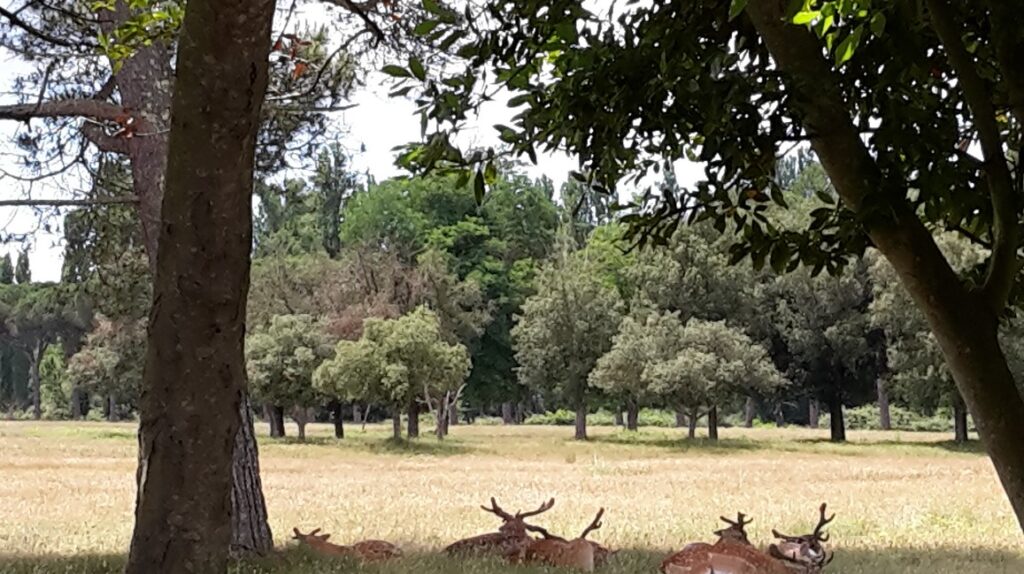
Late Spring in the park, wild irises and buttercups stain the ditches while yellow, white and pink patches of wild garlic color the edges of the paths.
The green meadows are dotted with daisies, here and there tufts of blue irises sprout; presences can be glimpsed between the blades of water.
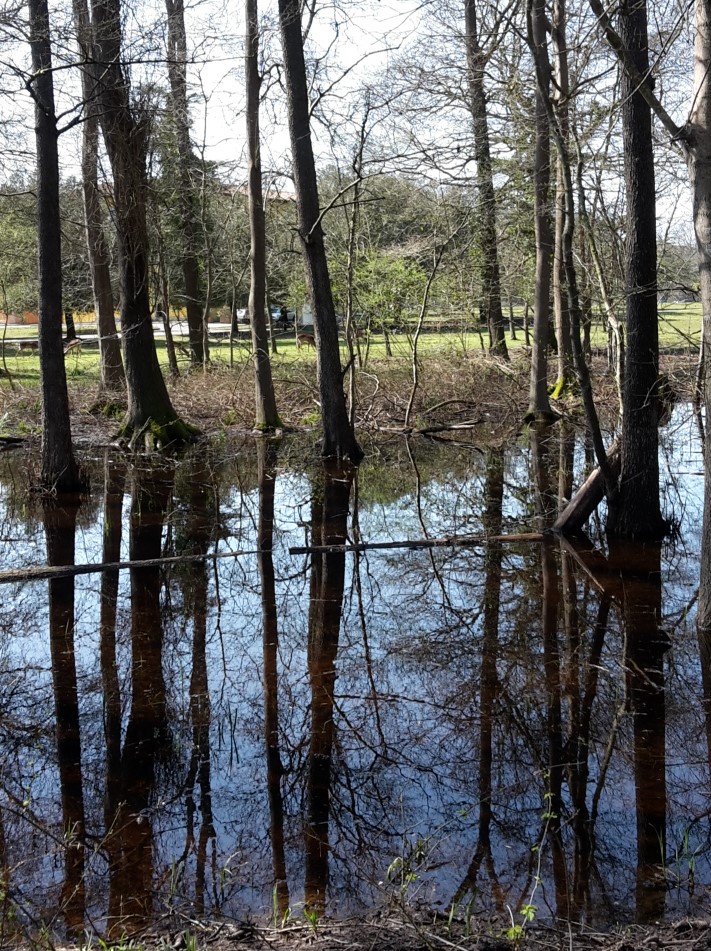
The San Rossore estate, in Pisa (once a royal hunting reserve and then, with the advent of the Republic, Presidential Estate for the exclusive prerogative of the President) was donated to the Tuscany Region by President Pertini to turn it into a public park. The park was established with the Tuscany Regional Law n. 61 of 13 December 1979. In previous years the fallow deer, as well as the wild boar, had been almost exterminated because of the great hunts that took place there, at first for the King’s entertainment, then for the various presidents’.
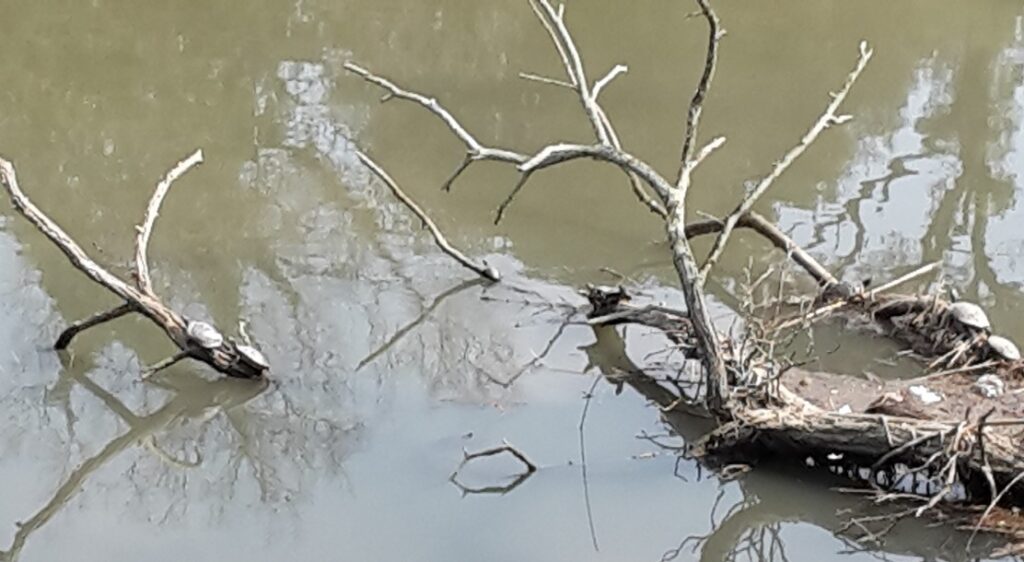
With the advent of the Park and the consequent protection of all wildlife, the populations of deer and wild boar have increased so much that they have to intervene with periodic selective capture and the movement of the captured animals to repopulate other areas.

Once the horse racing season is over, the activities continue in the Park: the jockeys take the great nervous thoroughbreds out for a walk, while groups of enthusiasts walk along the footpaths. The agricultural activities and the breeding of native cattle (e.g. the famous Pisan Mucco) and of draft horses are in full swing.
Lying on the grass near the management buildings and the old restaurant, a group of fallow deer (Dama dama) gladly enjoys the sun and milder temperatures, regardless of the human activities taking place around them. They are all males, the mating season has long since passed, they have just lost the great majestic horns and now the new velvety ones are popping up.
The females have recently given birth and still remain hidden in the bush with the young. It is a cold spring and newborns need care and protection.
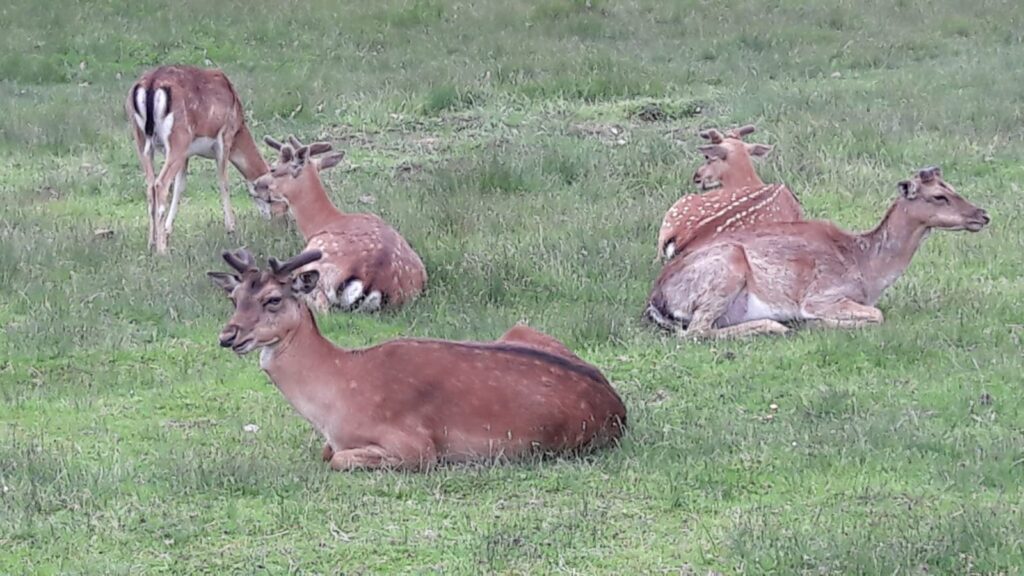
Both the absolute lack of disturbance and the protective interventions have made these beautiful animals very confident, perhaps too much; so much so that they have become elements of attraction for park users; we can approach up to a few meters without them showing the slightest sign of alarm, at least until the shouts of joy of some child who would like to pet them, do not make them raise their tail to reach a safe distance.
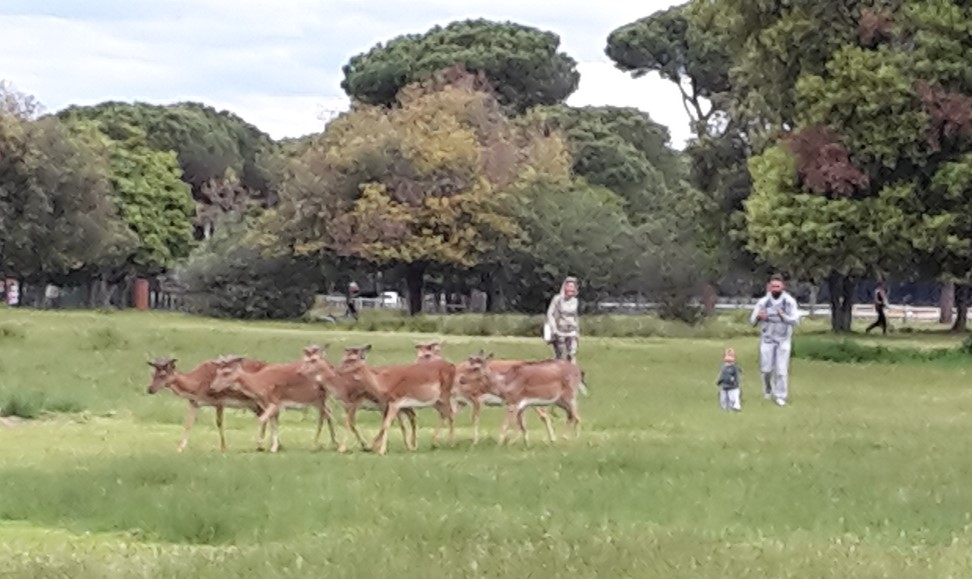
The emotion for this close encounter is palpable, the experience unforgettable.
Even wild boars (Sus scrofa) are not joking! in the evening, at dusk, numerous families come out of the bush in search of food, no matter if there are still people in activity or noisy machines. They have no fear.
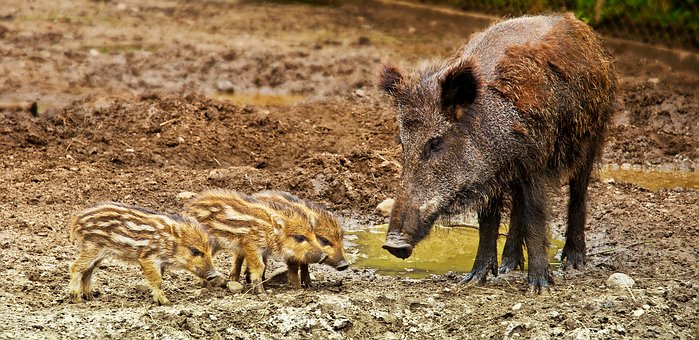
At night the historic restaurant of the Park is open; in the open spaces around it numerous eyes shine; in the shade majestic deer lying down to rest can be seen; a group of wild boar with offspring approaches the kitchen door, a small fox (Vulpes vulpes) goes to meet the customers, hoping timidly in a bit of food.
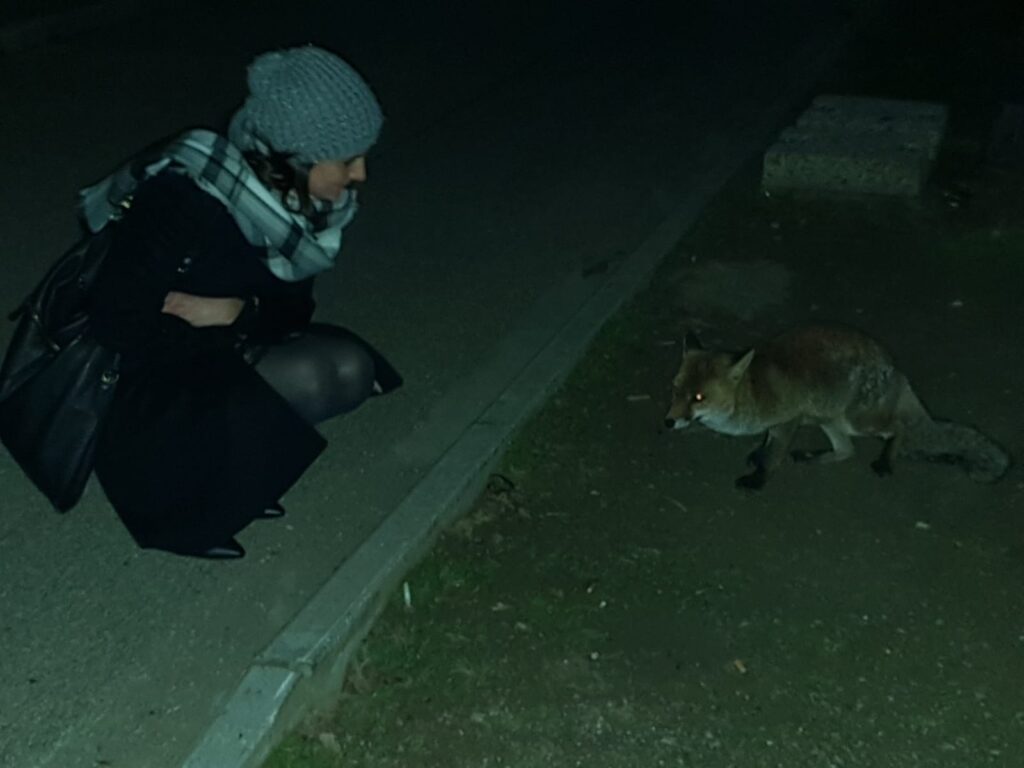
Will it be too much confidence?
All this is the park; it is silence, harmony with nature, biodiversity, but it is also the possibility of extraordinary encounters with all its inhabitants … animals like us!
Credits
Author: Maria Beatrice Lupi. A naturalist and expert in training, planning for sustainable development, participatory methodologies, and European planning. Currently, she is involved in dissemination and education for sustainability.
Translation by Maria Antonietta Sessa



